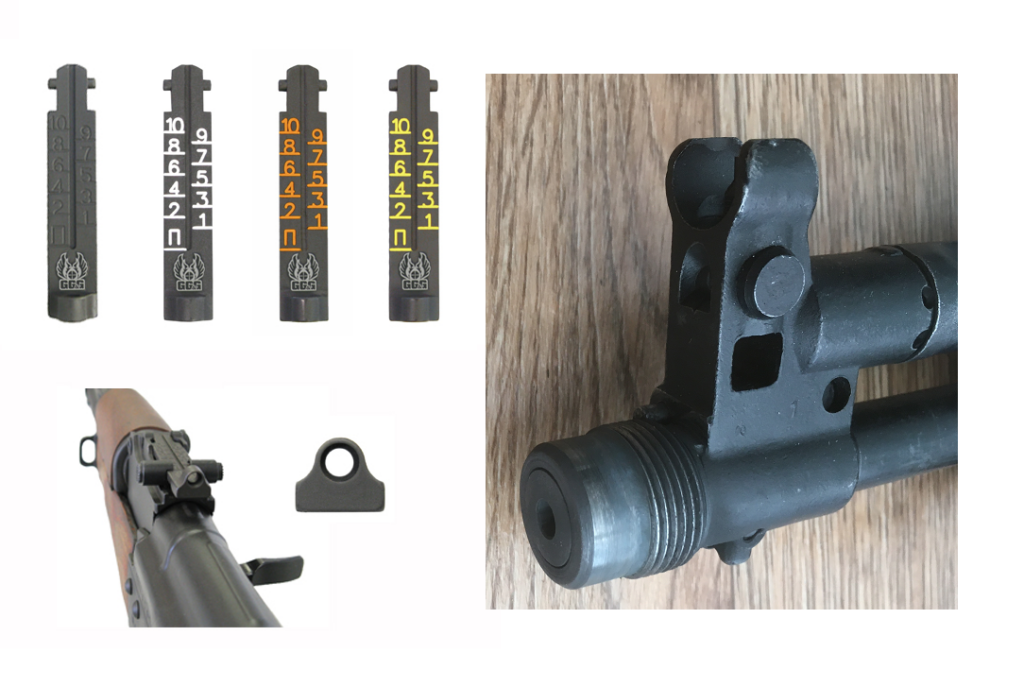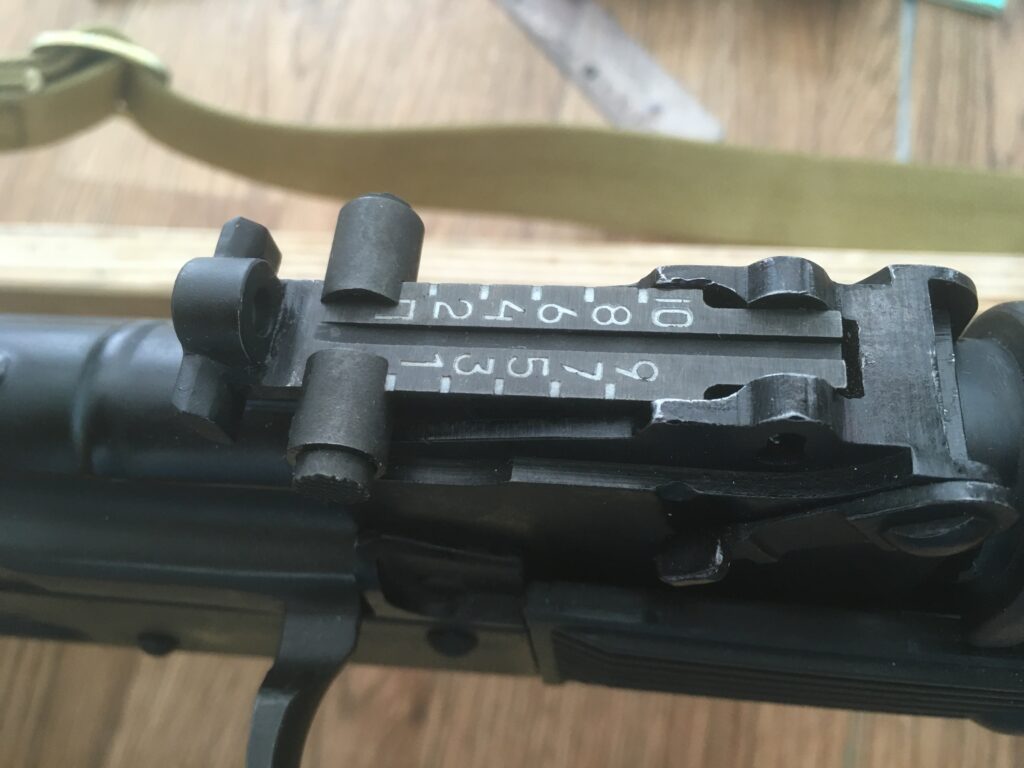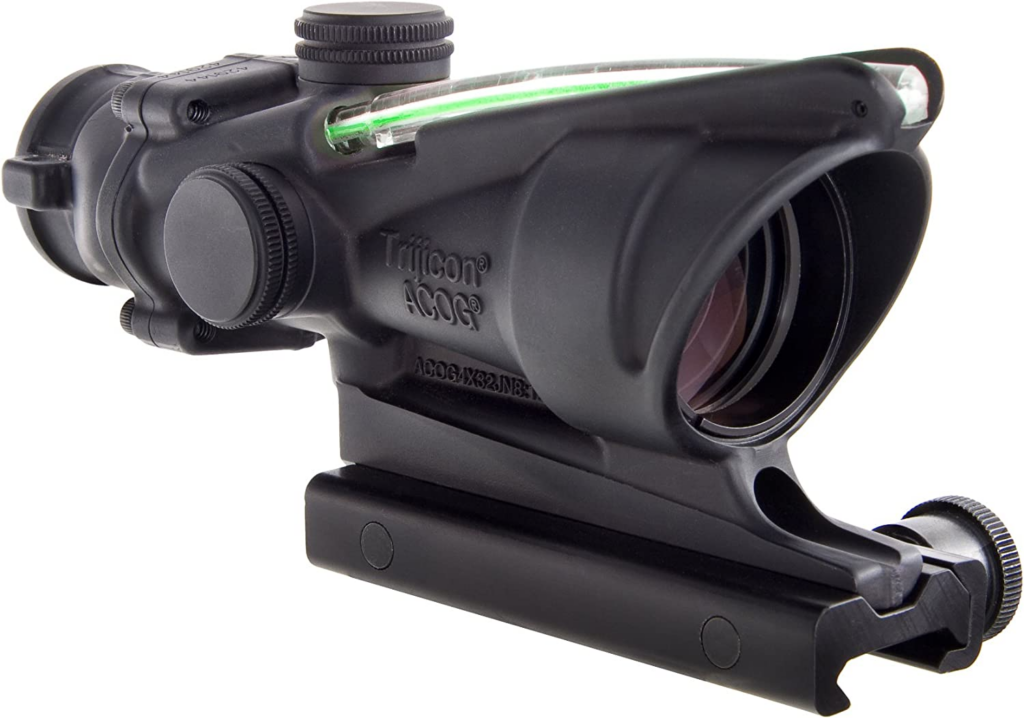Scopes were developed as a way to improve accuracy and precision when shooting at longer distances. Before the invention of scopes, shooters had to rely on iron sights, which can be difficult to use at longer ranges and in low light conditions.

Scopes use lenses to magnify the target, making it appear closer and larger. This allows the shooter to see the target in greater detail and make more accurate shots. Scopes also use crosshairs or other markings on the lens, called reticles, to align the scope with the target. This makes it easier to aim and improves accuracy.
The first scopes were developed in the late 19th century and were primarily used by hunters and marksmen. They were large, heavy, and expensive, and were only used by a small number of people. However, as technology improved and manufacturing methods became more efficient, scopes became more affordable and widely available.

During World War I, scopes were used on military rifles, and their effectiveness was quickly recognized. After the war, the use of scopes became more widespread, and by the end of World War II, scopes had become standard equipment for many military and civilian firearms.
In summary, scopes appeared on guns as a way to improve accuracy and precision at longer distances and in low light conditions and made shooting more efficient, allowing for longer range shots and making aiming easier.
Types of scopes
There are several types of gun optics that exist, including:
- Red dot sights: These are simple, non-magnifying sights that use a red LED to project a dot onto the lens. They are popular for close-range shooting and are commonly used on handguns, shotguns, and rifles.
- Holographic sights: These sights use a laser to project a holographic image onto the lens, providing a clear sight picture with both eyes open. They are popular for close- and medium-range shooting and are commonly used on rifles and shotguns.
- Reflex sights: These are similar to red dot sights, but they use a different type of LED to project the reticle. They are popular for close-range shooting and are commonly used on handguns, shotguns, and rifles.
- Scope: This type of optics is used to magnify the target and are commonly used on rifles. They come in different magnification level, reticles type and size of the objective lens.
- Night Vision device : This type of optics uses infrared radiation to amplify the light and allows the shooter to see in low light or no light conditions.
- Thermal Imaging device : This type of optics uses the temperature differences to create an image and allows the shooter to see in low light or no light conditions and also can detect the heat signatures of the target.
- A prism sight: also known as a prismatic sight, is a type of gun optic that uses a prism to reflect light and create an image of the reticle. Prism sights are similar to traditional scopes, but they have a more compact design and are typically used on rifles and carbines.
- Iron sight. They consist of two metal pieces, a front sight and a rear sight, that are mounted on the gun
I would prefer to put first three types into one group. And describe it in another article. They all certainly design for close combat fight.
Scopes

Scopes are a type of gun optics that are used to magnify the target, allowing for more accurate shots at longer distances. They are commonly used on rifles and come in a variety of different styles and designs.
One type of scope is the LPVO (Low Power Variable Optic) which typically have a low magnification range, typically from 1-6x or 1-8x, and a wide field of view. They are designed for close- to mid-range engagements and are becoming more popular for hunting, competitive shooting, and tactical use.
Another type of scope is the MPVO (Medium Power Variable Optic) which typically have a medium magnification range, typically from 3-9x, and a moderate field of view. They are designed for mid- to long-range engagements and are commonly used for hunting, target shooting, and tactical use.
There are also fixed power scopes, which have a fixed magnification level and are typically used for long-range engagements. They usually have a higher magnification level, typically from 6x to 20x and have a narrow field of view.
There are also specialized scopes such as long-range scopes, which are designed for shots over 800 yards, and tactical scopes, which are designed for close-quarters combat and have quick-adjustment turrets for rapid target acquisition.
The selection of the scopes is endless, though there are some well know reliable brands, like Vortex, Trijicon, Bushnell and etc.
Additionally, scopes come in a variety of reticles, which are the crosshairs or other markings on the lens that are used to align the scope with the target. Some common types of reticles include duplex, Mil-Dot, BDC (bullet drop compensating), and MOA (minute of angle) reticles.
Iron sight

Iron sights are a type of gun sight that have been in use for centuries. They consist of two metal pieces, a front sight and a rear sight, that are mounted on the gun. The front sight is typically a small, pointed piece of metal, while the rear sight is typically a V- or U-shaped piece of metal.
Iron sights work by aligning the front and rear sights with the target, so that the shooter can aim the gun accurately. The shooter looks through the rear sight, aligns it with the front sight, and then aims at the target. The front sight should be centered in the rear sight and the top of the front sight should be level with the top of the rear sight.
Iron sights are simple, durable, and relatively inexpensive, and are commonly used on a variety of firearms, including rifles, shotguns, and handguns. They do not require batteries or electricity, and can be adjusted for windage and elevation. Iron sights are also beneficial for close-range engagements, as they allow for quick target acquisition and are easy to use.

Iron sights are still in use today, especially for firearms that are used for hunting, target shooting, and military and law enforcement applications. They are also used as backup sights on some scoped firearms, in case the scope fails or is damaged. Iron sights are also preferred by some shooters who prefer traditional methods of shooting and prefer a more minimalist approach. The good example is the tritium sight set for Colt 1911 pistol – Kensight DAS.
In summary, Iron sights are a traditional type of gun sight that have been in use for centuries, they are simple, durable, and relatively inexpensive, and are commonly used on a variety of firearms, including rifles, shotguns, and handguns. They are still in use today and are preferred by some shooters who prefer traditional methods of shooting and prefer a more minimalist approach.
Prismatic sight

The main advantage of a prism sight is its compact design. Unlike traditional scopes, which use a series of lenses to magnify the image, a prism sight uses a single prism, which allows for a more compact and lightweight optic. This makes them more suitable for use on shorter-barreled firearms, such as carbines and pistols. The best iconic example of such a scope is ACOG 4×32.
Prism sights typically have a lower magnification than traditional scopes, usually between 1x and 4x, which makes them suitable for close to mid-range engagements. They also have a wide field of view, which allows for quick target acquisition and easy tracking of moving targets.
Prism sights also typically have illuminated reticles, which makes them easy to use in low-light conditions. The reticle can be illuminated in different colors, such as red or green, which makes it easy to see in different lighting conditions.
In summary, Prism sight is a type of gun optic that uses a prism to reflect light and create an image of the reticle, it has a more compact design compared to traditional scopes and typically used on rifles and carbines, it’s suitable for close to mid-range engagements, have a wide field of view and typically have illuminated reticles, which makes them easy to use in low-light conditions.
To be continued …
